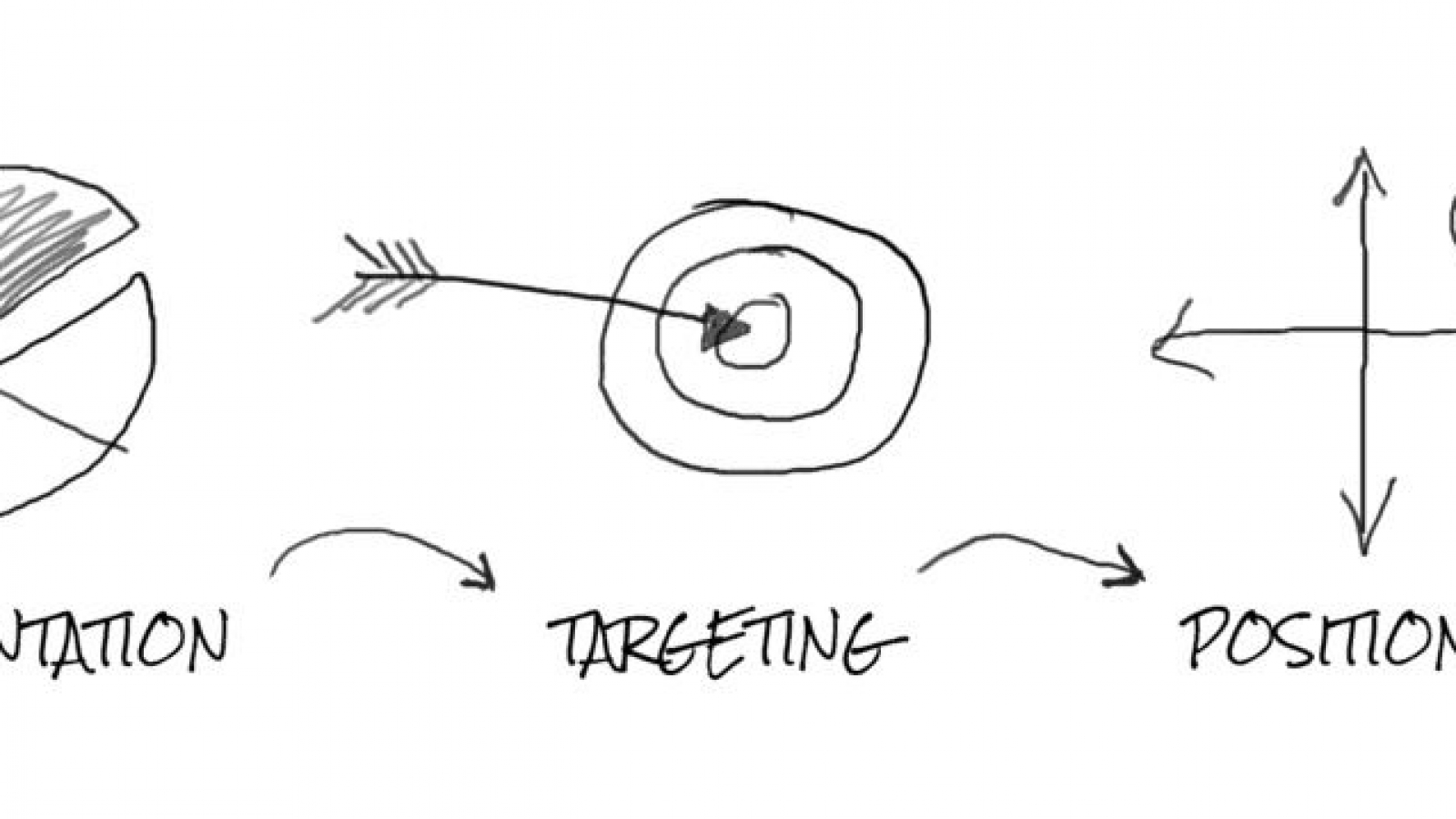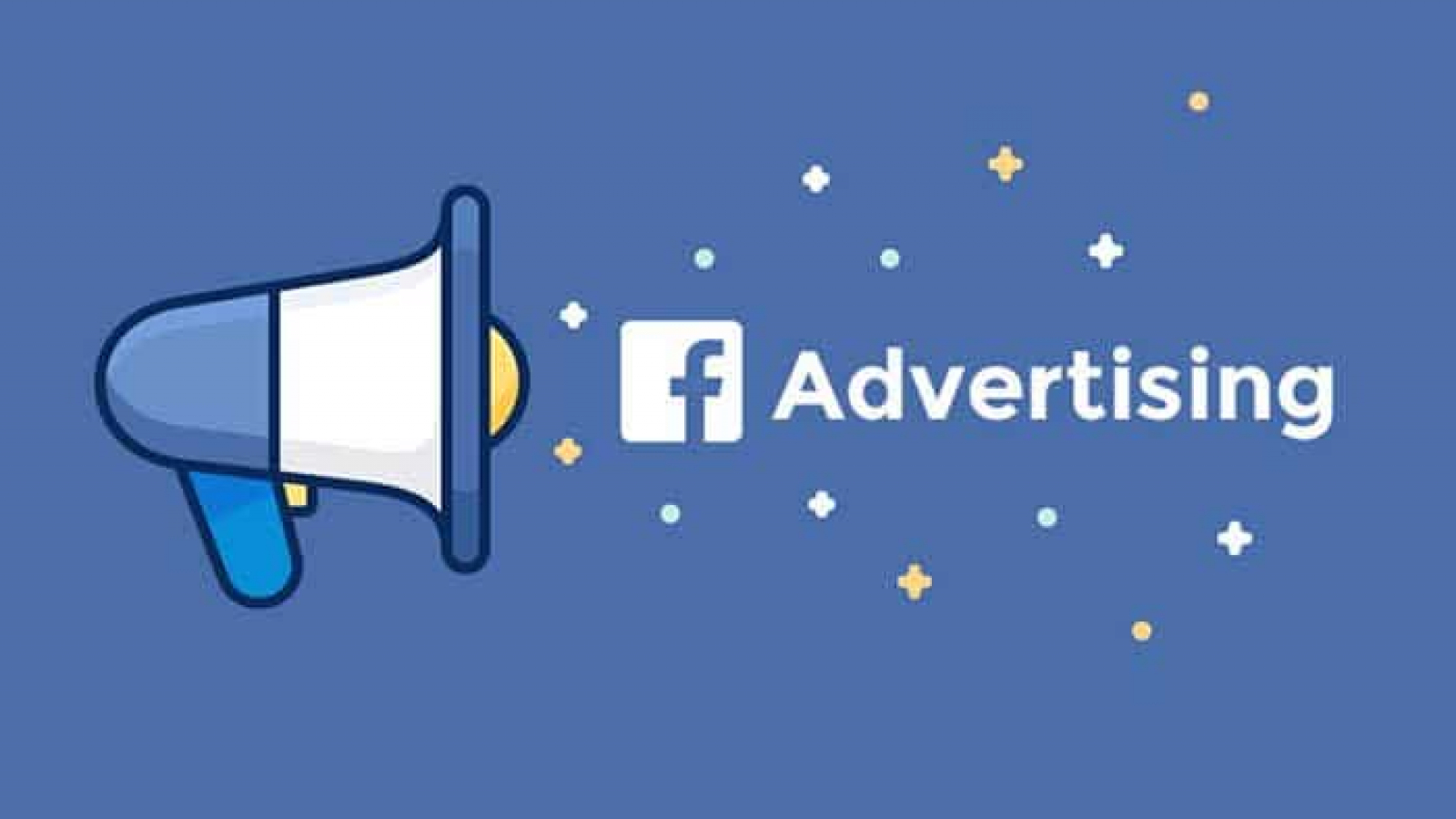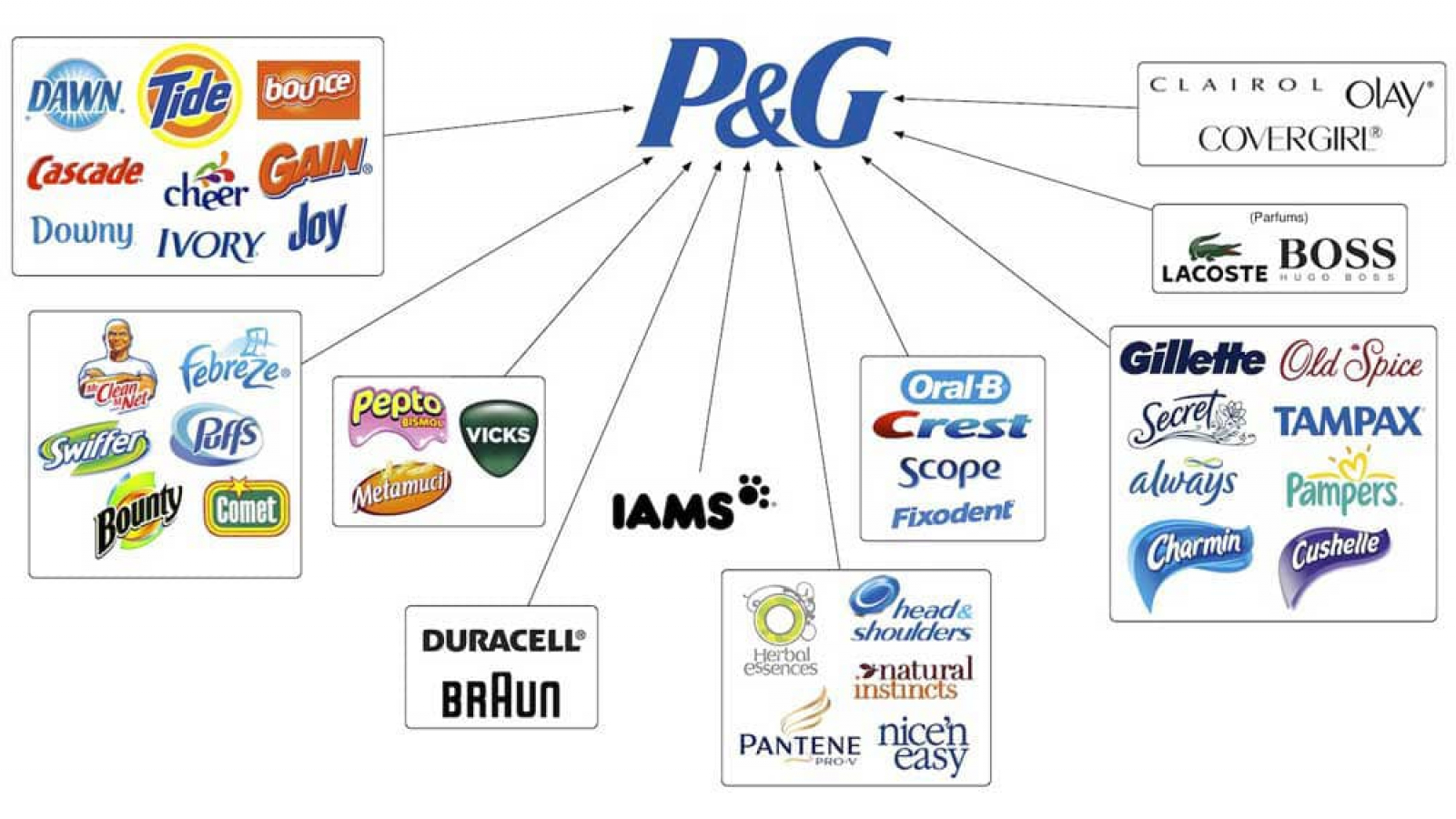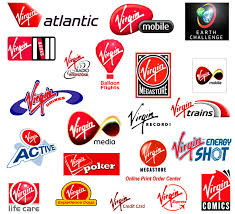2022 Online marketing strategies Menu
Online marketing strategies to try out in 2022
Introduction to Online marketing
It’s a new month and that means new plans and goals, if one of your goal is to market your business then this is for you. We will be reviewing some marketing strategies for SME’s to help improve their odds in the market against their competition and to gain a competitive edge.
Most of these strategies doesn’t require big budget, they’re quite simple and you can try some of them out with minimal budget in order to attract and maintain a customer base.
We previously posted an introductory article on online marketing, you can read through to understand the basic terms. Here’s the link Online Marketing

Online Marketing Strategies
We will begin by listing these 7 strategies out.
- Local listing and classified websites
- Online videos and tutorial / Webinar
- Blog blog blog
- Lead Generation / Email marketing
- Freebies (Review, Audit, Consultation)
- Vertical partnership with other businesses
- Paid Advert
- Google my business
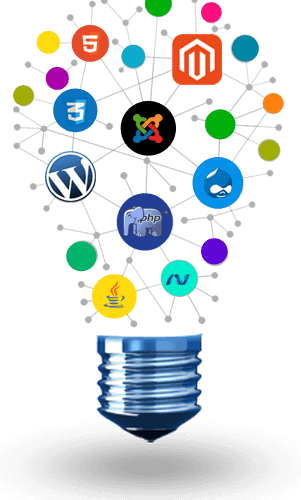
Local listing – There are business listing websites with high authority that can show your business to potential customers. You can submit your website to these websites, otherwise know as local directory websites. Think of this as a low cost – almost free advertisement. Examples include Yelp, GMB, BBB, Vconnect, Business listing, Finelib, Nigerian business directory etc.
Video Content– This is becoming popular because what’s get people attention has changed from long paragraph text to visually engaging graphics and video content.
You can create interactive video to answer popular questions related to your industry. Other Video ideas are Webinar, Tutorials, how-to’s, presentations and discussions.
Blogging– Content is king. This involves creating content on your website blog page.
Blogging is important as it helps to position your brand properly as a leader in your industry, get your business more online visibility and build credibility. Unfortunately, this is an underused solution with many benefits.
Lead Generation – This involves the process of collecting details of potential customers and nurturing them until they’re ready to make a sale. You can Collect customer details through web contact form, lead page, website directory, Paid ads etc and covert them through cold calling, email marketing, inbound marketing, targeted marketing etc.
Freebies– Who doesn’t want a freebie, especially if they’re given genuinely. As a business you can provide various things from a free audit, a discovery call, free consultation, discounted sales, or a free trial. Basically anything to attract the customer to you (obviously something of value not a click bait) with the hope of converting them into a full time paying customer.
White labelling / Reference – We can’t be a one stop shop for everybody, so that’s why why this comes into place. Imagine a Digital agency, being asked about App development, Motion design etc
Instead of building out a section to provide the services your customers require, a more easier alternative can be pursued which can either be white labelling or providing reference to a partnership company. With this way you can provide additional services to your customers either under another company or through your reference.
Paid advert– An online advertising model in which you pay advertisers to show your business to users of your choice. It basically involves you renting advert spaces on a popular website with hope of generating leads that can be converted into paying customers.
Google my Business– Google is the most popular search engine world wide, with billion of search terms daily. So therefore, imagine having your business in the face of potential customers when they search for your business or similar service. GMB is important for promoting your business to a wider audience.
That’s all and I we hope you can learn something from our post.
Happy new month.
Online Marketing FAQ
Online Marketing is a good strategy for increasing your brand’s awareness through digital means. It is the promotion of goods and services on the internet. There are certain actions you can carry out on the internet to inform people and make them interested in purchasing your products or services.
With online marketing you can expand your business reach. I’ll be explaining a strategic guide you can apply for online marketing. Internet marketing is incomplete without these.
Benefits of a Online Marketing?
With online marketing you can be rest assured of getting:
- Prospects which can be converted to customers.
- Increase your brand’s ROI
- More visitors to your website
- Connecting with the right audience
Online marketing has become very common, many business owners have tapped into it. You need to be creative, flexible and updated with trends if you want to be at the top of the market.
What are the examples of a Online marketing services?
Search Engine Marketing
Email Marketing
Social Media Marketing
Affiliate Marketing
Do I need to hire an expert or can I do it myself?
We try to make our posts as simple as we possibly can, so you can try them out yourself. If you’re lost feel free to reach out to us and we will put you through.


